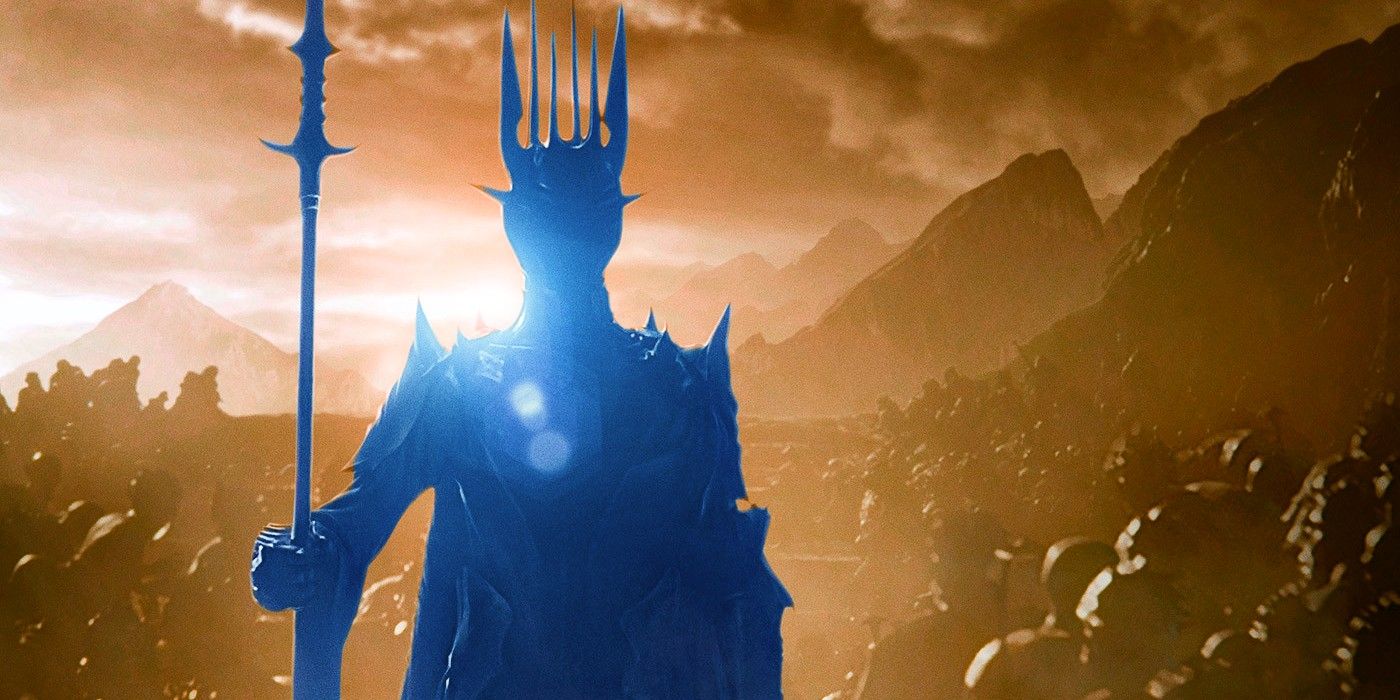
This 1977 posthumous collection of Tolkien stories introduced Lord of the Rings villain Morgoth as the true instigator of evil in Middle-earth and the predecessor to Sauron as lore’s most dangerous figure. According to The Letters of J.R.R. Tolkien, the author didn’t deal with “absolute evil” in his works, but Morgoth came quite close. Morgoth seduced Sauron to his service at the beginning of Arda, the world in which Middle-earth is located. Sauron, of course, took up the mantle of Middle-earth’s most hated after Morgoth slipped out of the story. However, Angband was arguably even harder to extinguish than Morgoth.
Where In Middle-Earth Angband Was Located
Angband Was North Of Dorthonion & Only Accessible In The First Age
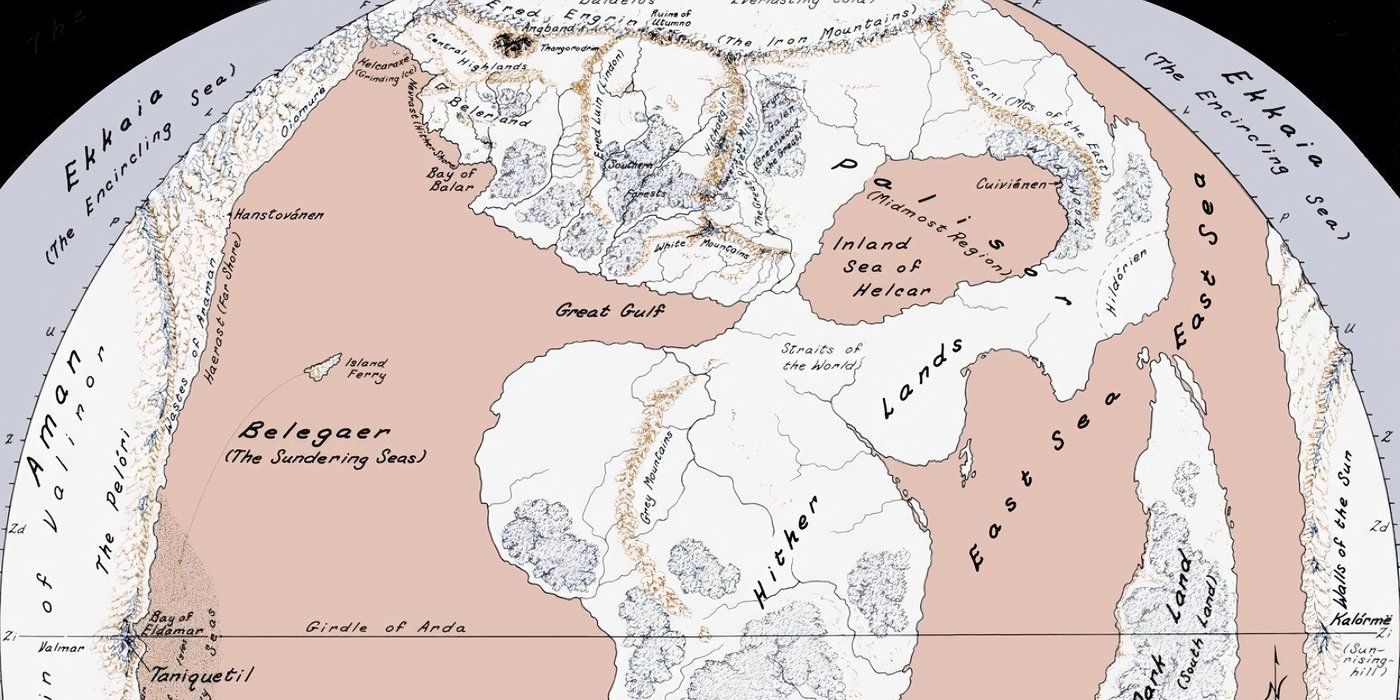
Angband was in Lord of the Rings’ realm of Beleriand, a region that only existed in the First Age. Tolkien’s map of Third Age Arda is fairly well known, as it’s the map that applies to the War of the Ring. Arda changed throughout the ages, just as real-world maps evolve over time. For example, the map of the Second Age contains the island kingdom of Númenor, which was sunk before the First Age. In fact, the First Age map was far different from the Middle-Earth most fans know, with Angband’s location actually underwater by the time of the Third Age.
Angband was in northern Beleriand, above Dorthonion. It was as far north as one could go in Beleriand before hitting the Ered Engrin, otherwise known as the Iron Mountains. Above that lay the lands of Dor Daedeloth, often referred to as the Regions of Everlasting Cold. Morgoth was responsible for the coldest reaches of Middle-earth, having fought with the Lord of the Rings’ Vala Manwë Valar for control over the formation of this landscape in the earliest days of Arda. Angband was dug out under the three peaks of Thangorodrim, a set of huge mountains in the Ered Engrin.
What We Know About Angband’s Structure & Defenses
Angband Was Nicknamed The Hells Of Iron & For A Good Reason
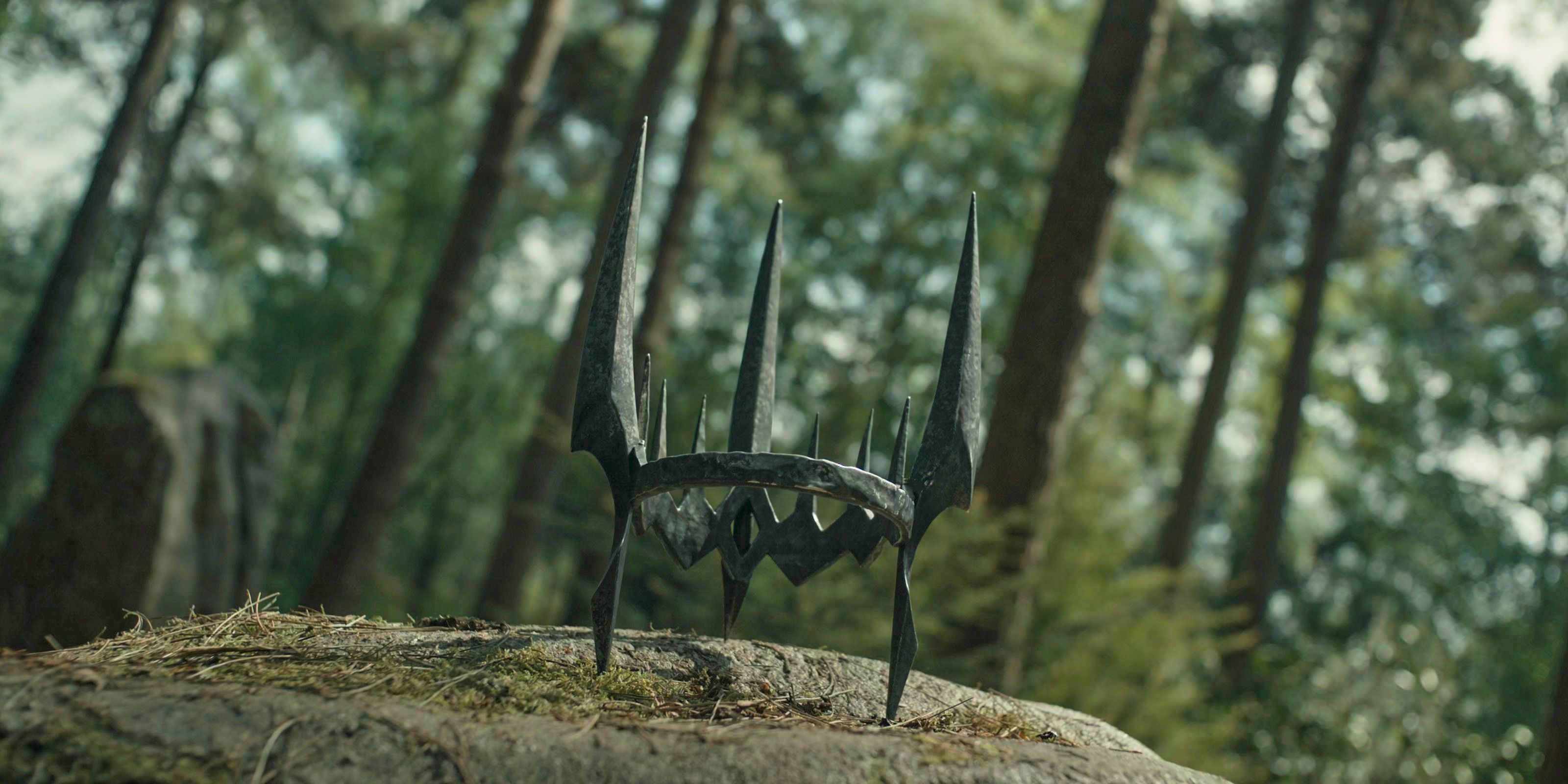
Angband was known as the Hells of Iron for good reason — not only was it set deep in the Iron Mountains, but it was as tough as strongholds got. The harsh landscape of Thangorodrim naturally defended Angband, which was nigh-on unapproachable from the back. Only wild creatures and followers of Morgoth were known to live within Dor Daedeloth, which was nestled against the Iron Mountains. This made coming into Angband from the north nearly impossible for Morgoth’s enemies. Thangorodrim was specifically reared by Morgoth to protect Angband. The peaks were said to have been the piles of slag from Angband’s construction.
The Silmarillion told of huge rooms, stores, and caverns hidden well under Angband.
Angband was originally used as an armory of Utumno, Morgoth’s first fortress in northern Beleriand. However, Morgoth was defeated in the Battle of the Powers by the Valar, and they broke into Utumno and Angband, scattering Morgoth’s forces. Despite their impressive power, even the Valar couldn’t fully unearth the extent of either fortress. The Silmarillion told of huge rooms, stores, and caverns hidden well under Angband. Angband was such a rabbit warren that many of Morgoth’s army moved into the darkness and remained hidden in its depths, even after the Battle of the Powers reshaped the future of Morgoth.
Angband’s Role In Morgoth’s Story Explained
Sauron Was The Leader In Angband
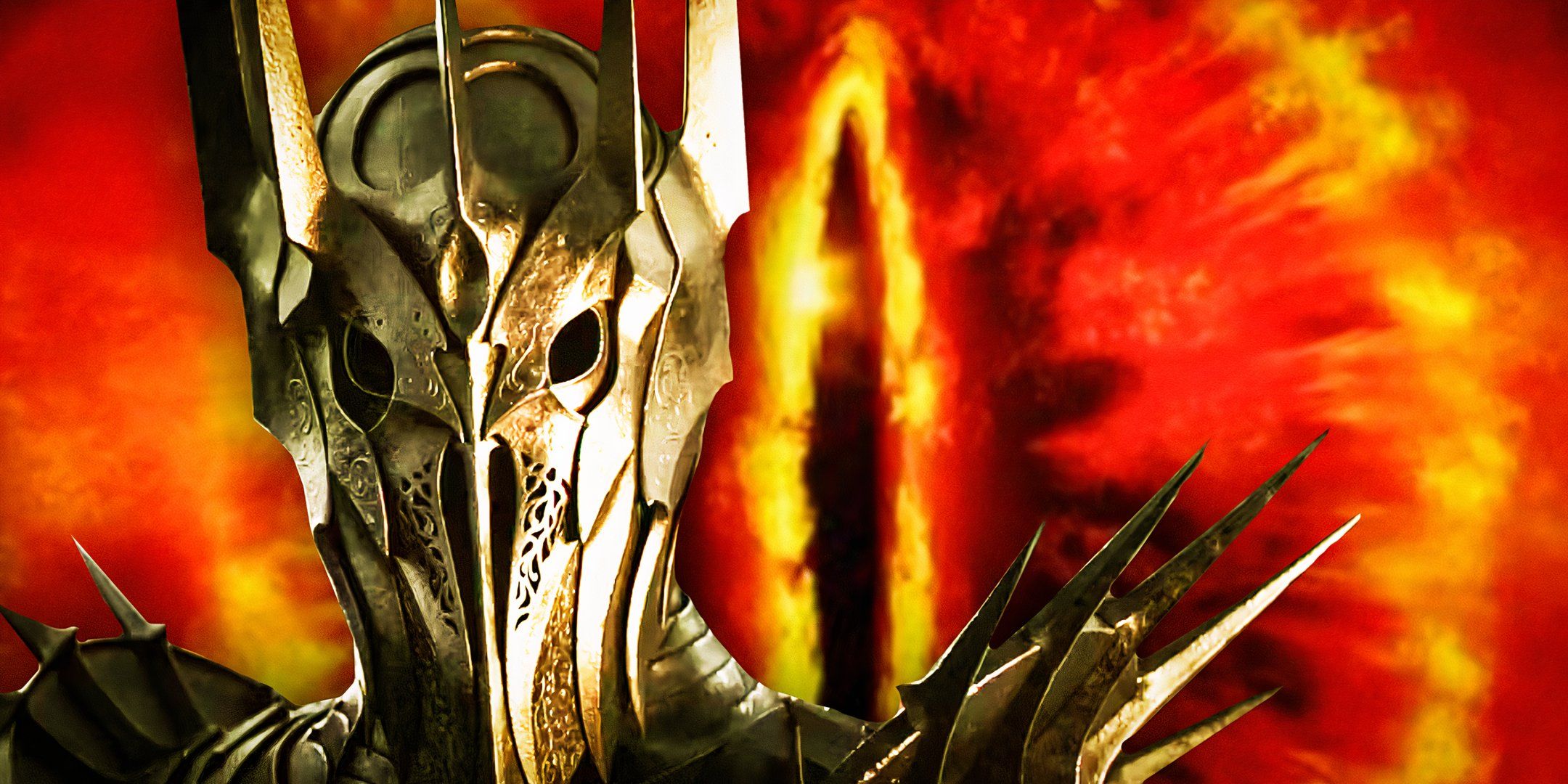
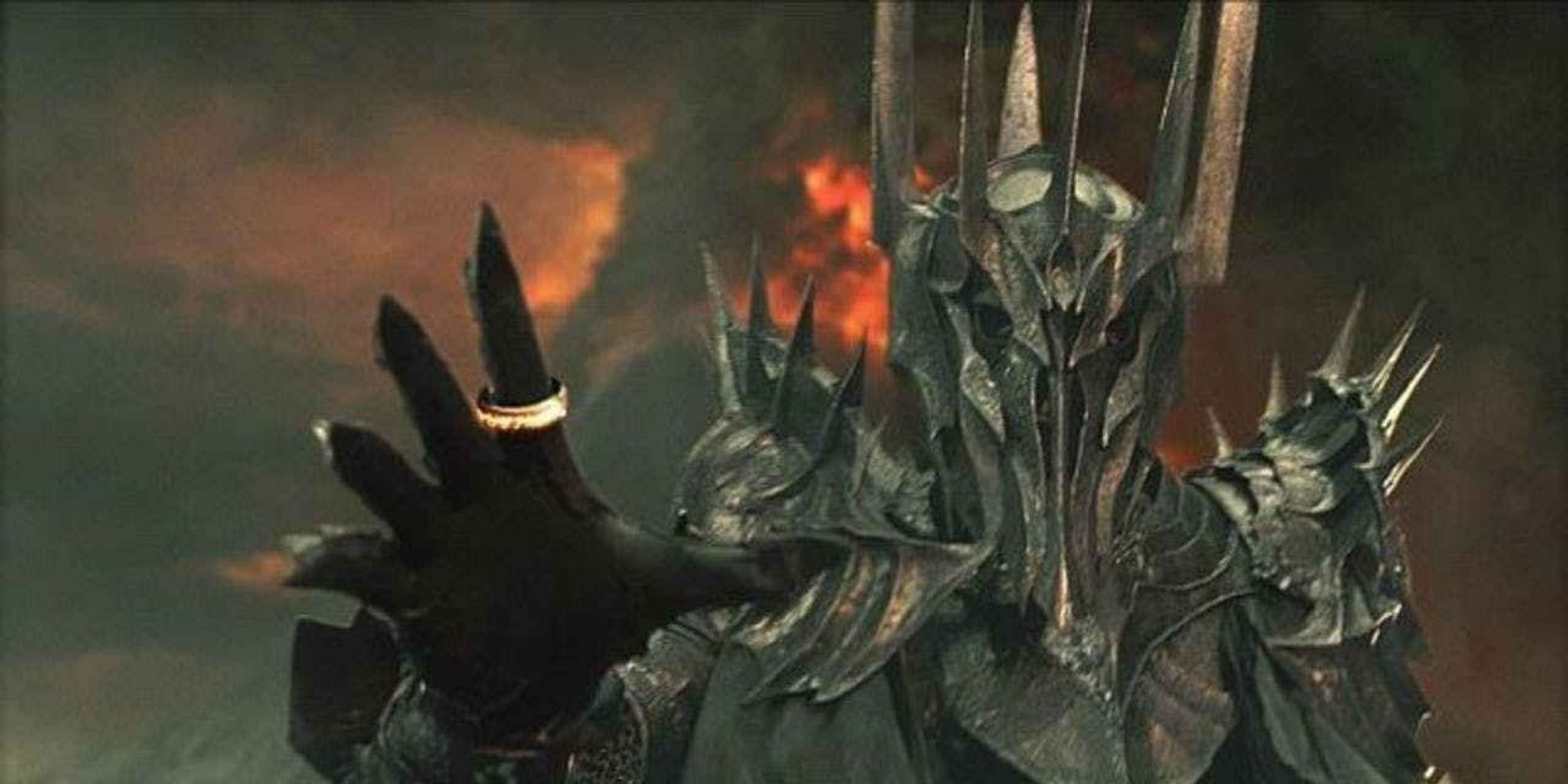
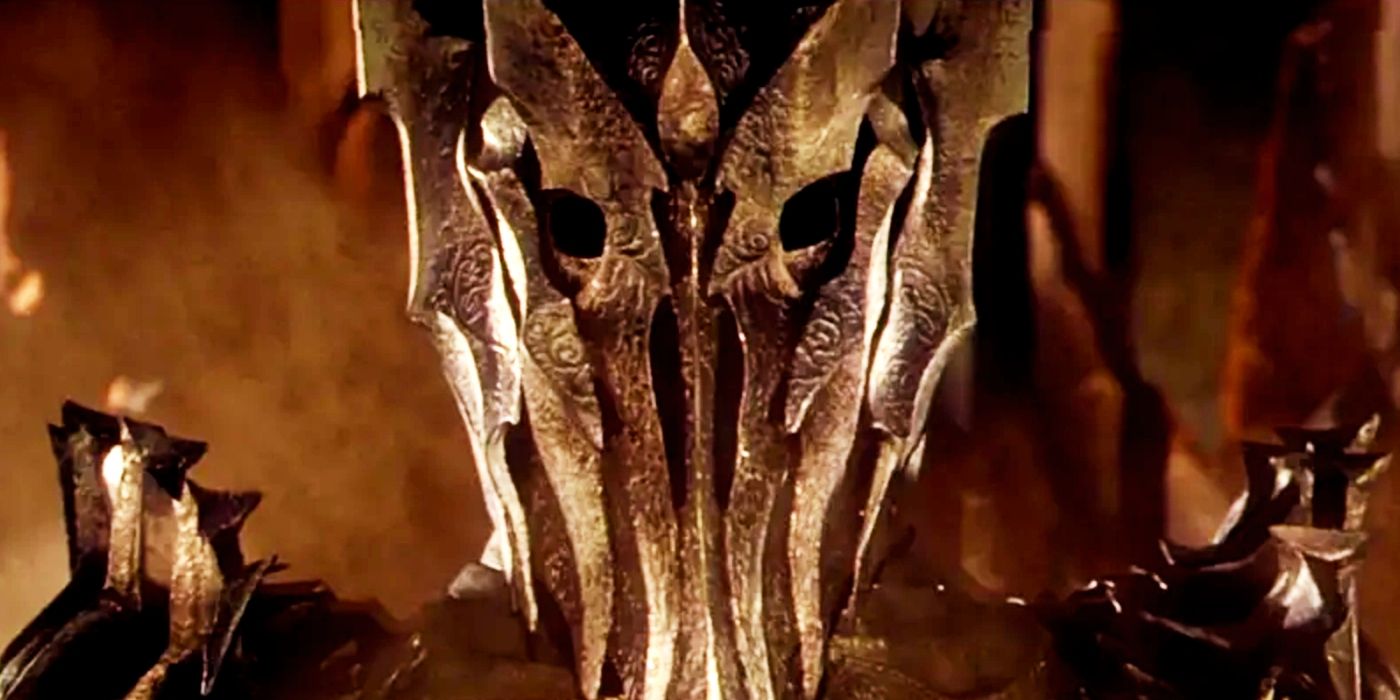
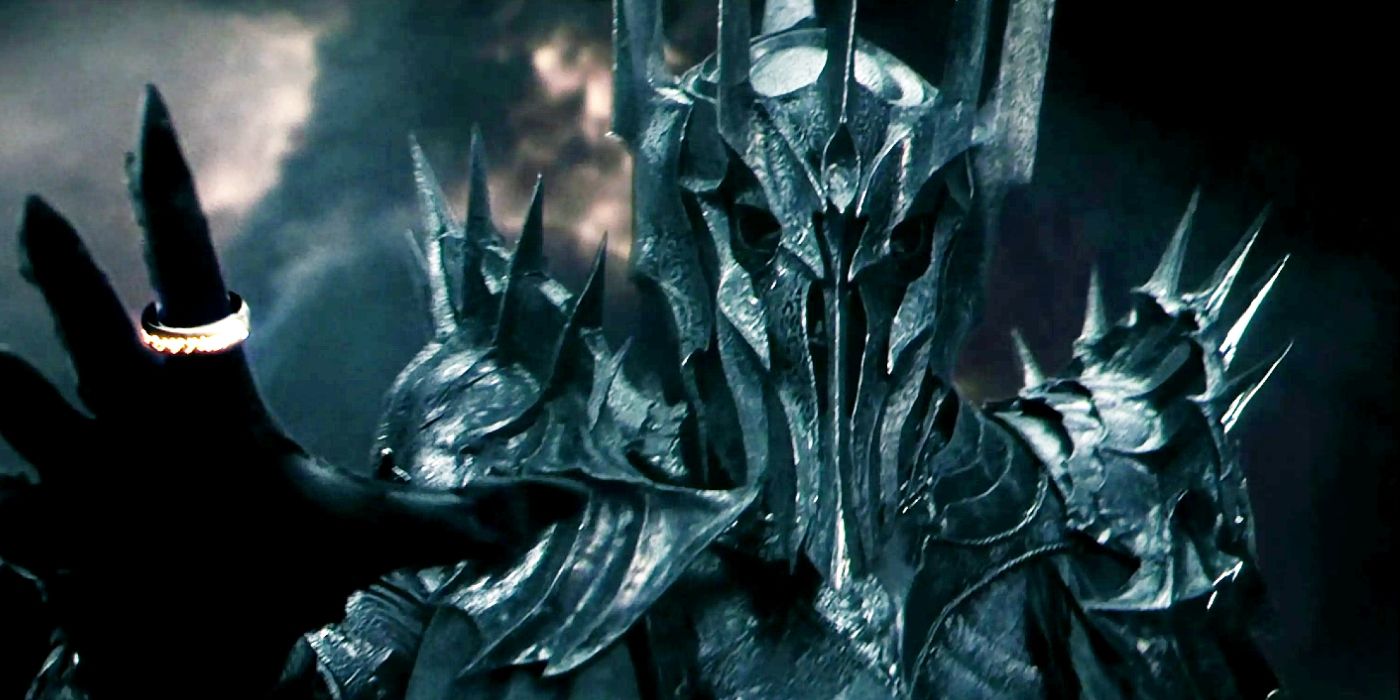
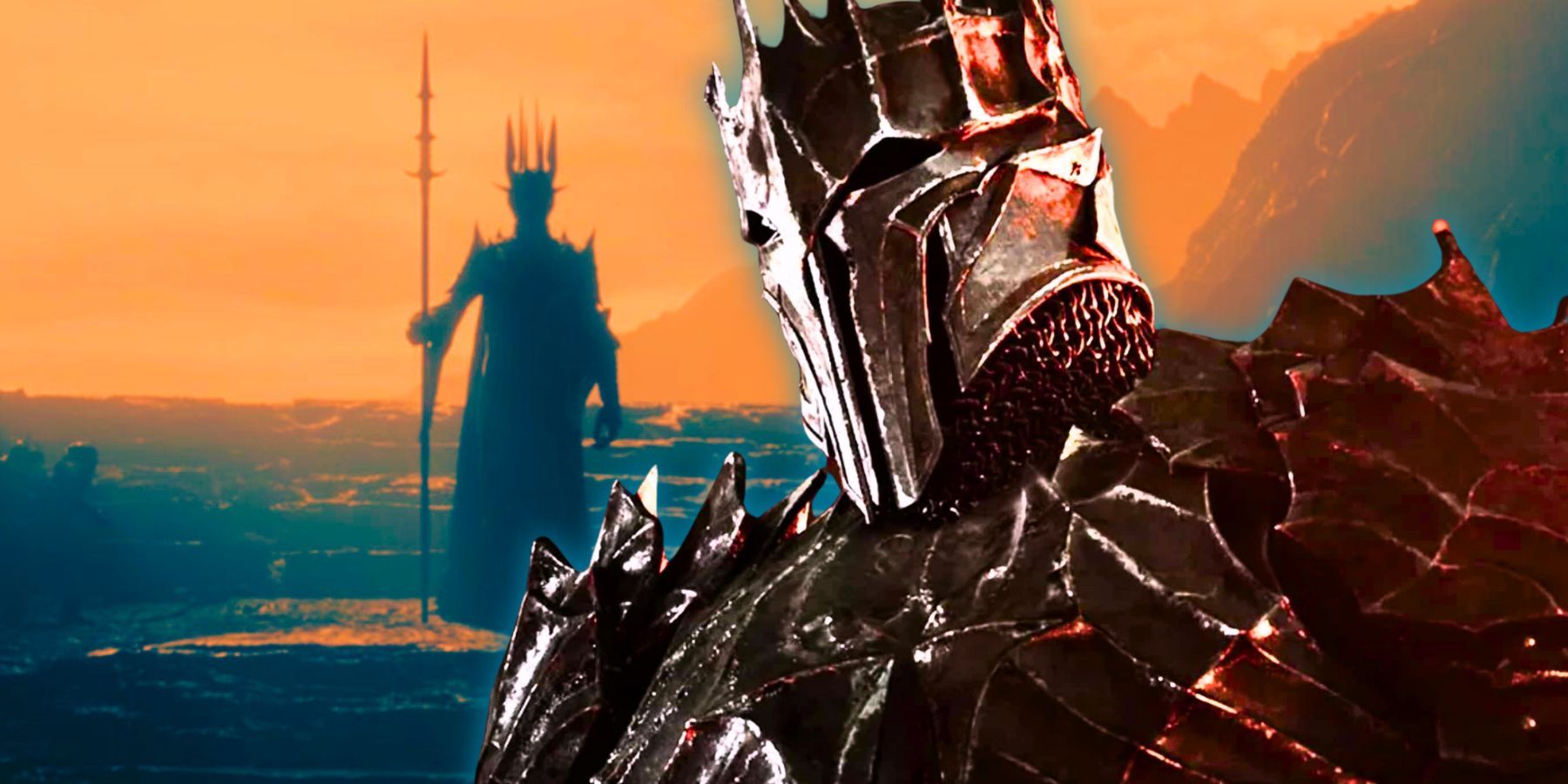





Angband was Morgoth’s most famous fortress, capable of withstanding attacks from Elves, Men, and Dwarves in the First Age. It was regarded in the Elven lore that makes up The Silmarillion as a legendary place. Morgoth gave control of Angband to Lord of the Rings villain Sauron, who he had corrupted into his service at the start of the world’s creation. Sauron became Morgoth’s right-hand man and escaped the Valar in the Battle of the Powers. Afterwards, Sauron and Morgoth gradually built up Angband, using it as a base during the War of the Jewels.
Prime Video’s The Lord of the Rings: The Rings of Power opened with a First Age flashback including several Battles of Beleriand.
The War of the Jewels occurred when Morgoth stole Fëanor’s Silmarils. The powerful gems contained the magical and divine light of the Two Trees. Stealing the Silmarils was one of Morgoth’s worst crimes, leading the overlord to influence Fëanor and his Noldor followers to hack their way through anyone standing between them and the gems. This set off the War of the Jewels and several subsequent Battles of Beleriand, including the Siege of Angband. Morgoth’s eventually forces broke the Siege of Angband in the Battle of Sudden Flame, a conflict they won. However, Morgoth ultimately failed to win the war.
What Happened To Angband After Morgoth’s Defeat?
The Valar Defeated Morgoth’s Forces And Set The Stage For Sauron’s Rise
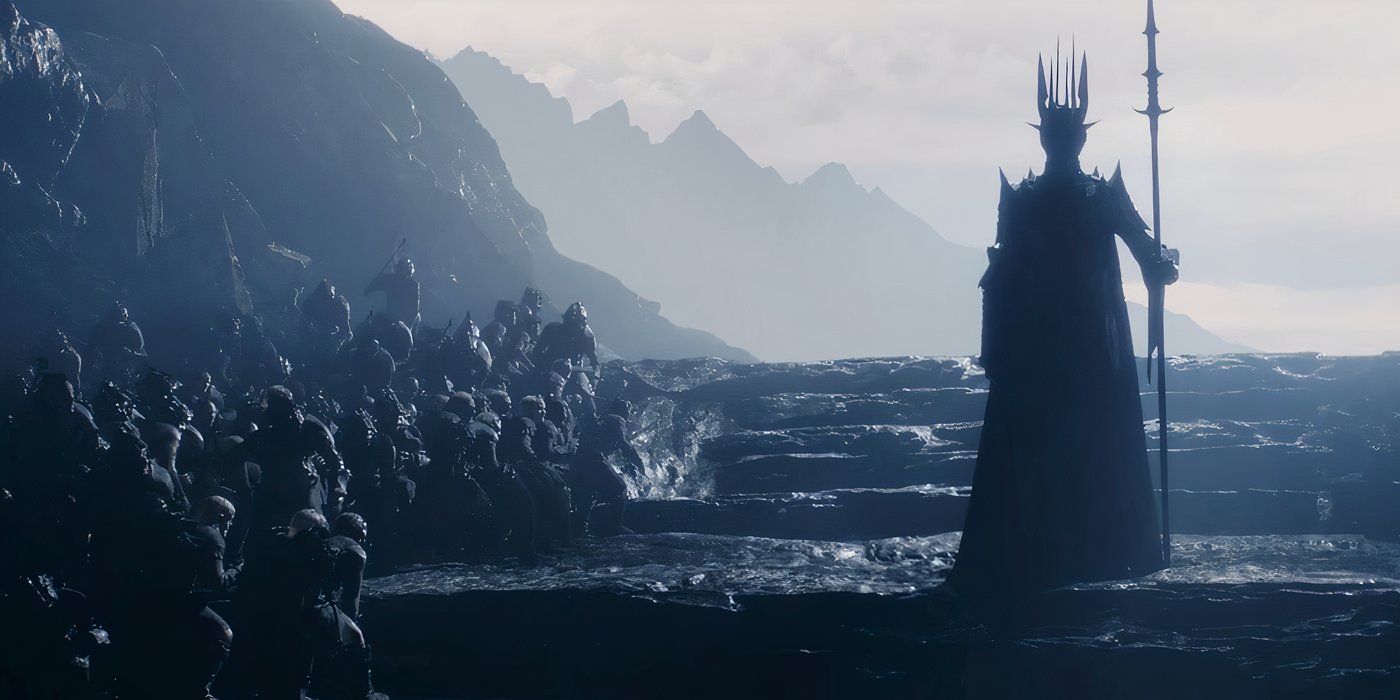
Lord of the Rings’ Morgoth was defeated in the War of Wrath, the final Battle of Beleriand. It was then that Angband was finally destroyed once and for all. As an immortal Ainu, Morgoth couldn’t be killed, so he was thrust through the Doors of Night into the Void and guarded eternally by an Elf called Eärendil. Thangorodrim was broken by the fall of the dragon Ancalagon, and Angband was “unroofed.“ All its slaves were freed, and it was never built up again. Morgoth faded into the history books, but Sauron prevailed and set up his next home in Mordor.
Ages Of Middle-Earth
Years
Days Before Days
Years Of The Trees
Y.T. 1 – 1500
The First Age
Y.T. 1050 – Y.S. 590
The Second Age
S.A. 1 – 3441
The Third Age
T.A. 1 – 3021
The Fourth Age
F.A. 1 – Unknown
The Later Ages
Unknown
Almost all the dragons were killed during the Host of the Valar’s sack of Angband, although a few escaped with their lives. Slaves emerging from Angband were amazed to see how much the world had changed since their imprisonment, as the sheer scope of the war had caused so much destruction that the entire landscape was altered. The War of Wrath was so damaging that it sunk Beleriand, including the remains of Angband and Utumno. This marked the end of the First Age. Angband entered Middle-earth’s Second Age as a memory of a nightmare in The Lord of the Rings.





